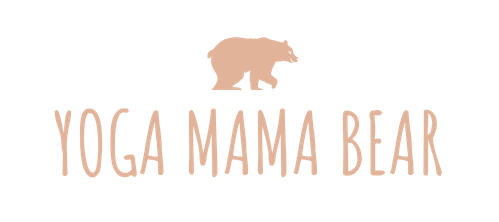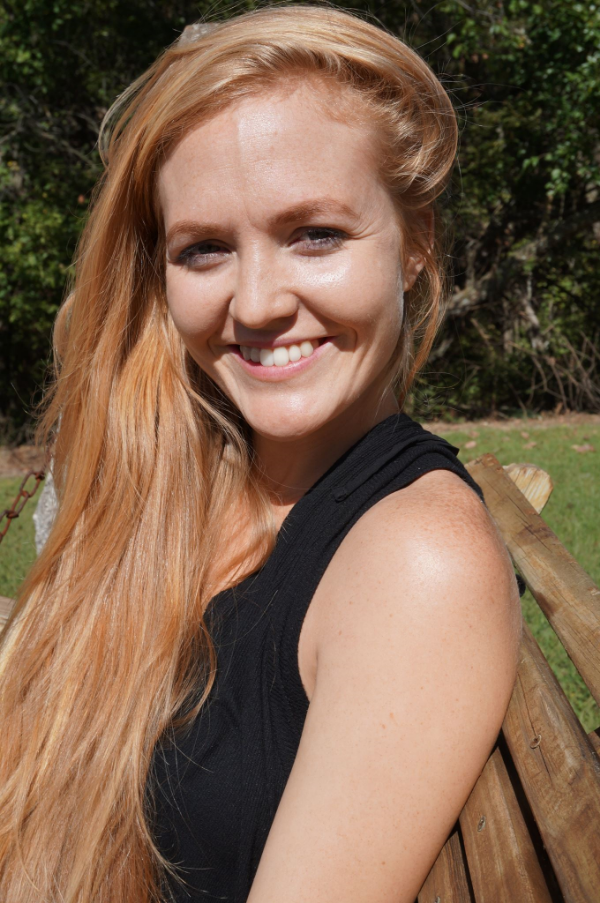I tried it: Rolfing
Rolfing. I read that it was hippy magic and hippy crap, that it felt great and felt painful, that it worked miracles and that it was a scam.
My friend has been doing it and had great things to say. And because I trust her more than the internet, I decided to give Rolfing a shot.
What is Rolfing?
Rolfing is named after its founder, Dr. Ida P. Rolf. The Rolf Institute of Structural Integration (super official peeps) describe it as "a form of bodywork that reorganizes the connective tissues, called fascia, that permeate the entire body."
Fascia has been a buzzword in my world lately.
What is fascia?
Fascia is connective tissue that surrounds your muscles and connects ... well everything. Think of an orange. You know that white stuff that keeps the segments of the orange in tact? And there's even more of it that keeps the even smaller segments of juice in tact? Fascia is kind of like that.
More and more scientists, PhD's and yogis alike are studying fascia. What used to just be thought of as packing peanuts for soft tissue now is believed by some to be the key to health and healing.
Fascia facts:
- Connects every cell in your body
- Has 10 times more sensory nerve endings than muscle
- Together with the nervous system regulates posture, joint position and mind-body communication (Sue Hitzmann, MS, CST, NMT)
Fascia health and injuries
Healthy fascia is hydrated. When you stretch, you aren't actually stretching your muscle. The fibers of your connective tissue are gliding along one another on the
That's me making a weird face as Bo Forbes shows us how to do self body work at Yoga Journal LIVE! Breaking up that fascia!
Hydrating your fascia isn't just about drinking water. Fascia acts more like a hose, and over time we develop kinks in that hose that prevent the water you do drink from getting to every spot. You have to get better irrigation by untangling those kinks. Enter Rolfing.
Benefits of Rolfing
Rolfing helps break down those kinks so your fascia can become better hydrated ... which can do a lot for your health. The Rolf Institute of Structural Integration promises an impressive list of benefits. If I experience even two of these things it will be worth the investment!
Improves posture and structure
Alleviates pain
Treats chronic stress
Restores flexibility
Revitalizes energy
Improves athletic performance
Helps muscles move more efficiently
Enhances neurological functioning
Leaves you feeling more comfortable in your body
Dr. Rolf believed that our bodies are more at ease and function better when "balanced in gravity." I'm not a doctor or a scientist but that makes logical sense to me.
With a little bit of fear that this could be painful (thanks, internet), I gave it a go.
What my first Rolfing appointment was like
I made an appointment with Kalen Richardson (that's who my friend has been seeing) at Kineticos in my hometown of Lawrence, Kan. She looks sweet, but I was still convinced she was going to hurt me.
She didn't hurt me. And she is sweet.
To start, Kalen had me strip down to my underwear and bra. And while that's a bit awkward, Kalen made it not-so-awkward. Zero creepiness here. She was examining my body and watching its movements to see where there were imbalances.
Then I rested on the massage table with a sheet — much like a typical massage — and she began to work one area at a time. Rolfing, to me, seems similar to massage except that it's a little more firm and there are no oils. But I didn't find it painful at all. A couple of times it was that "hurt-so-good" sensation — similar to using therapy balls or even foam rolling when you're super sore — but overall it felt good to me.
“You need the strength that is the result of ease.”
When Kalen finished she had me stand back up and asked how I felt. Although I didn't feel 300% better, I did feel maybe 40% better:
- I felt lighter
- I felt more comfortable
- I felt more relaxed
She said my shoulders looked better — that I was holding them up high and they seemed to relax down.
The 10-Series and next steps
This session was focused on breath — creating more space for breath. (Rad!) Each session of the 10-Series has a specific functional focus and they all build on one another. According to the Kinetikos website: "The goal of these 10 sessions is to balance and align your structure in gravity. In an integrated structure, such as the body, everything is connected. To balance your body, the whole must be addressed."
I'm all in and will go nine more times at a cadence of every two weeks. You can also go once/week, but every other week is easier for me to swing. My fascia and I will keep you updated on Facebook and I'll write a post at the end of the 10-Series here. Stay tuned!





